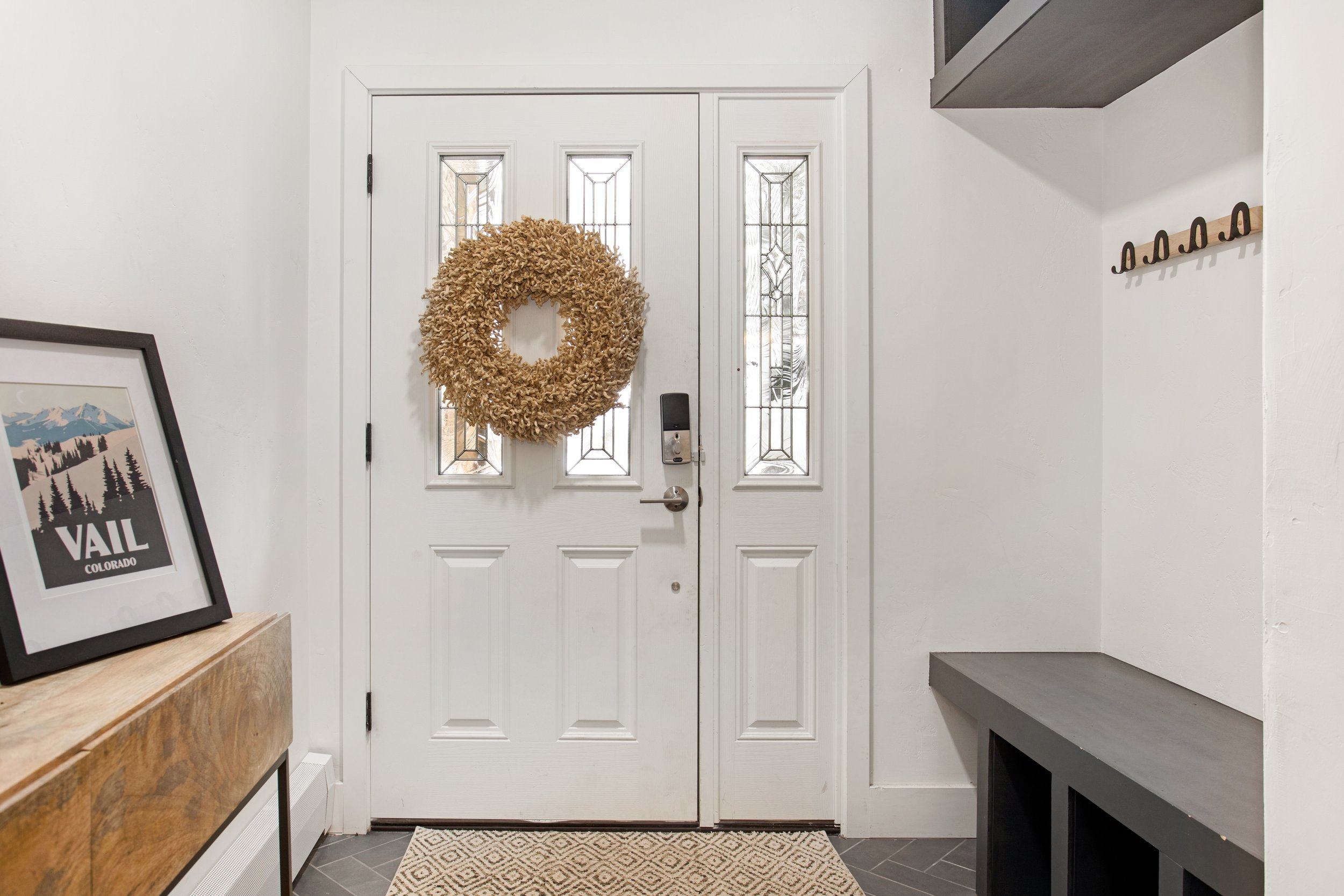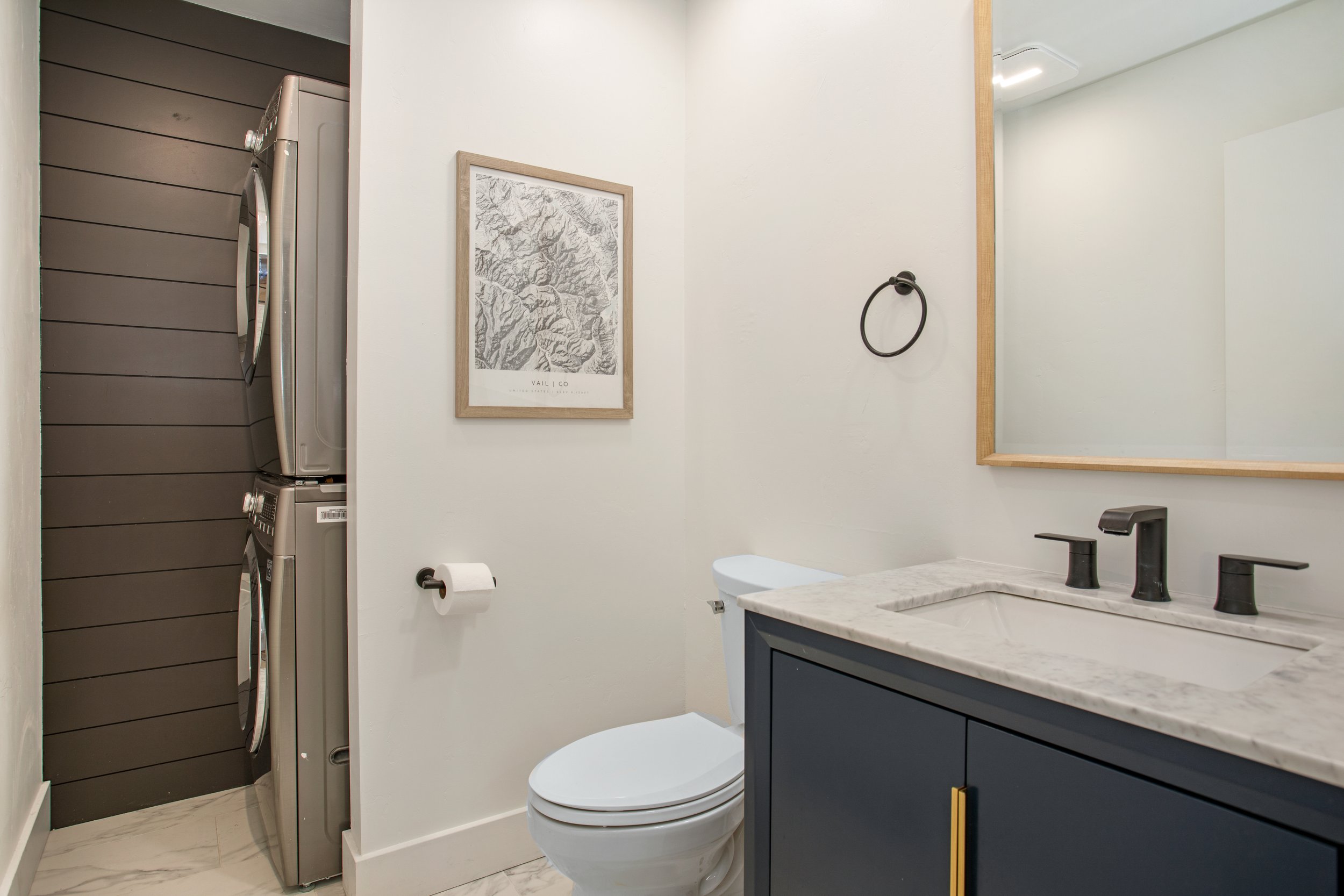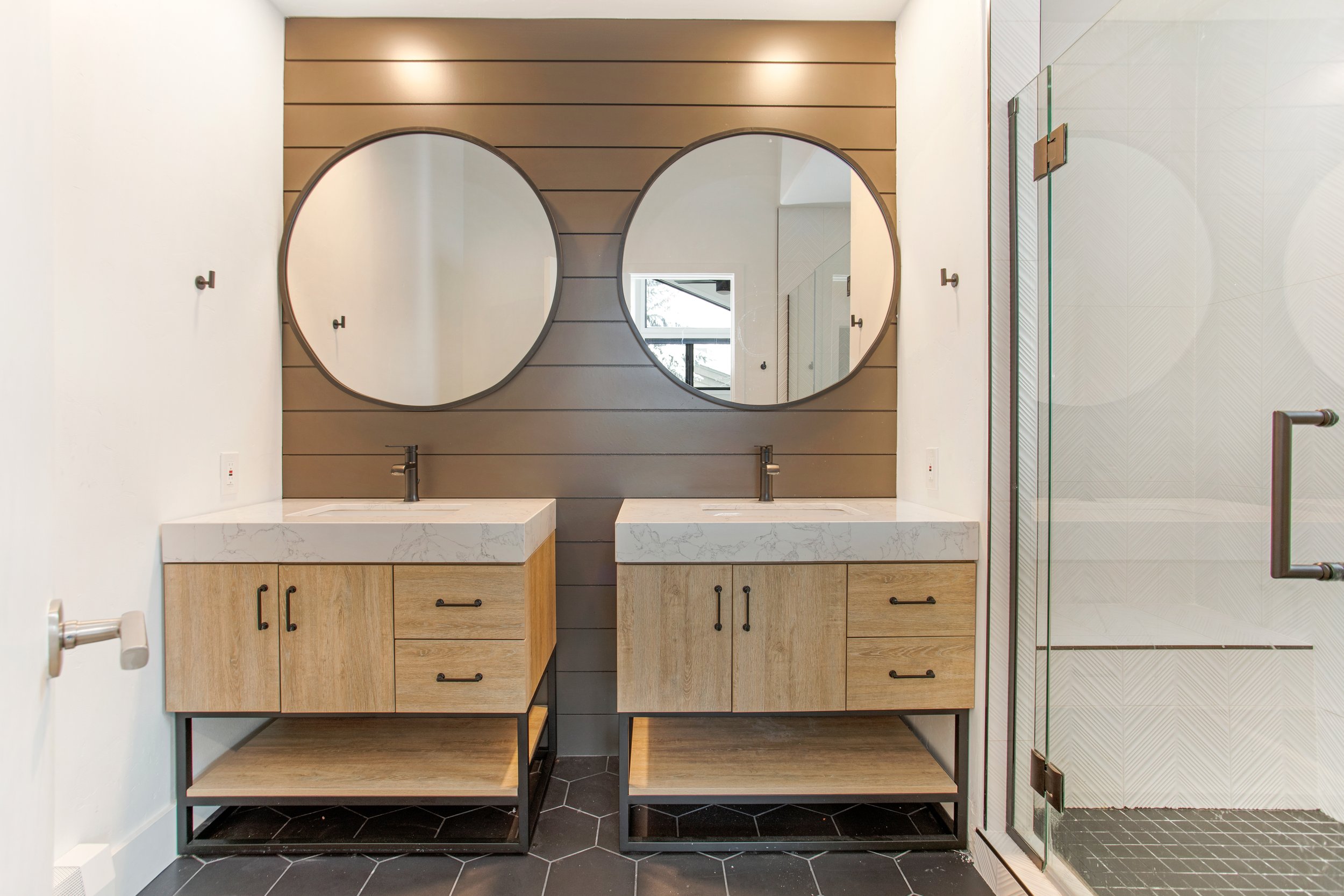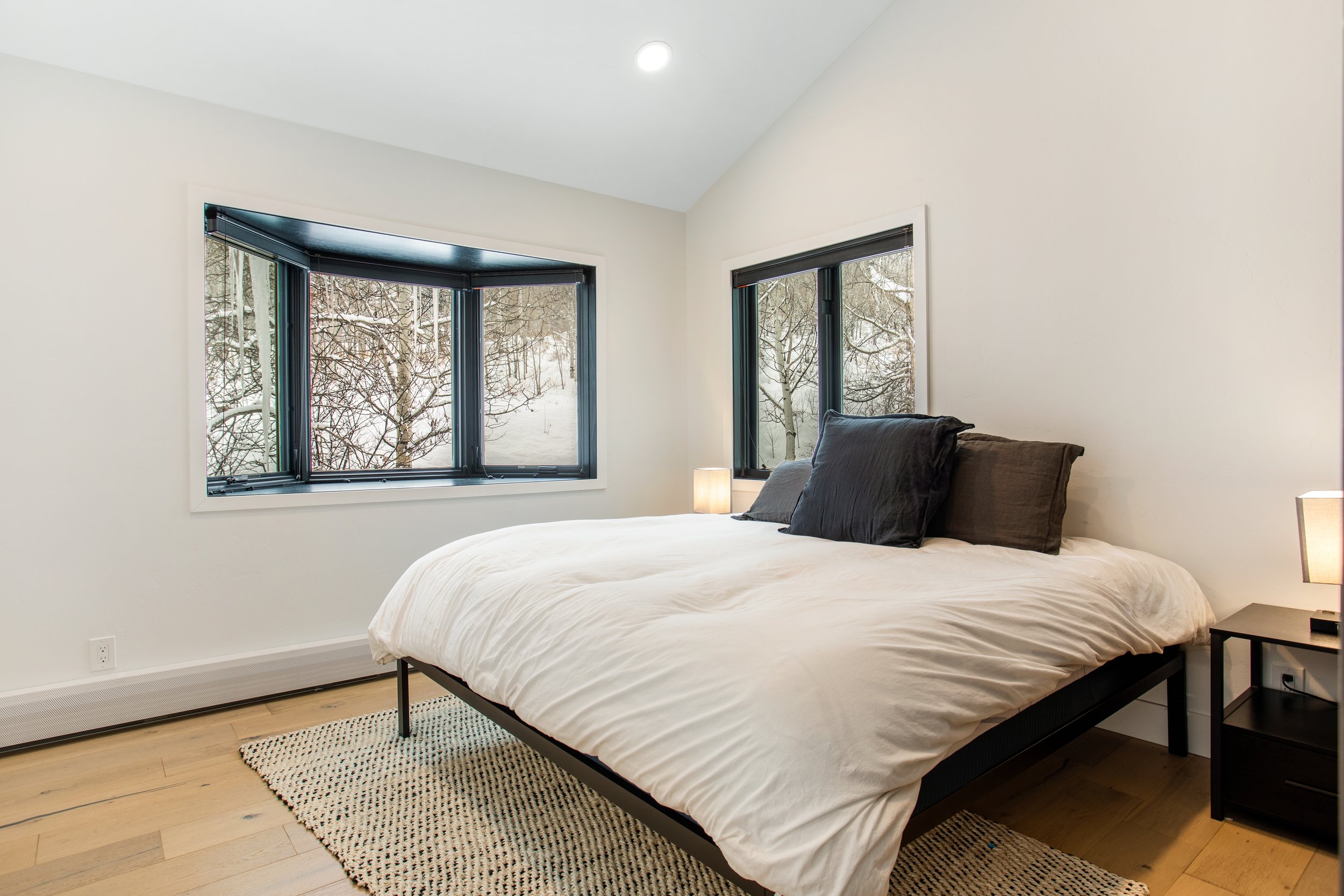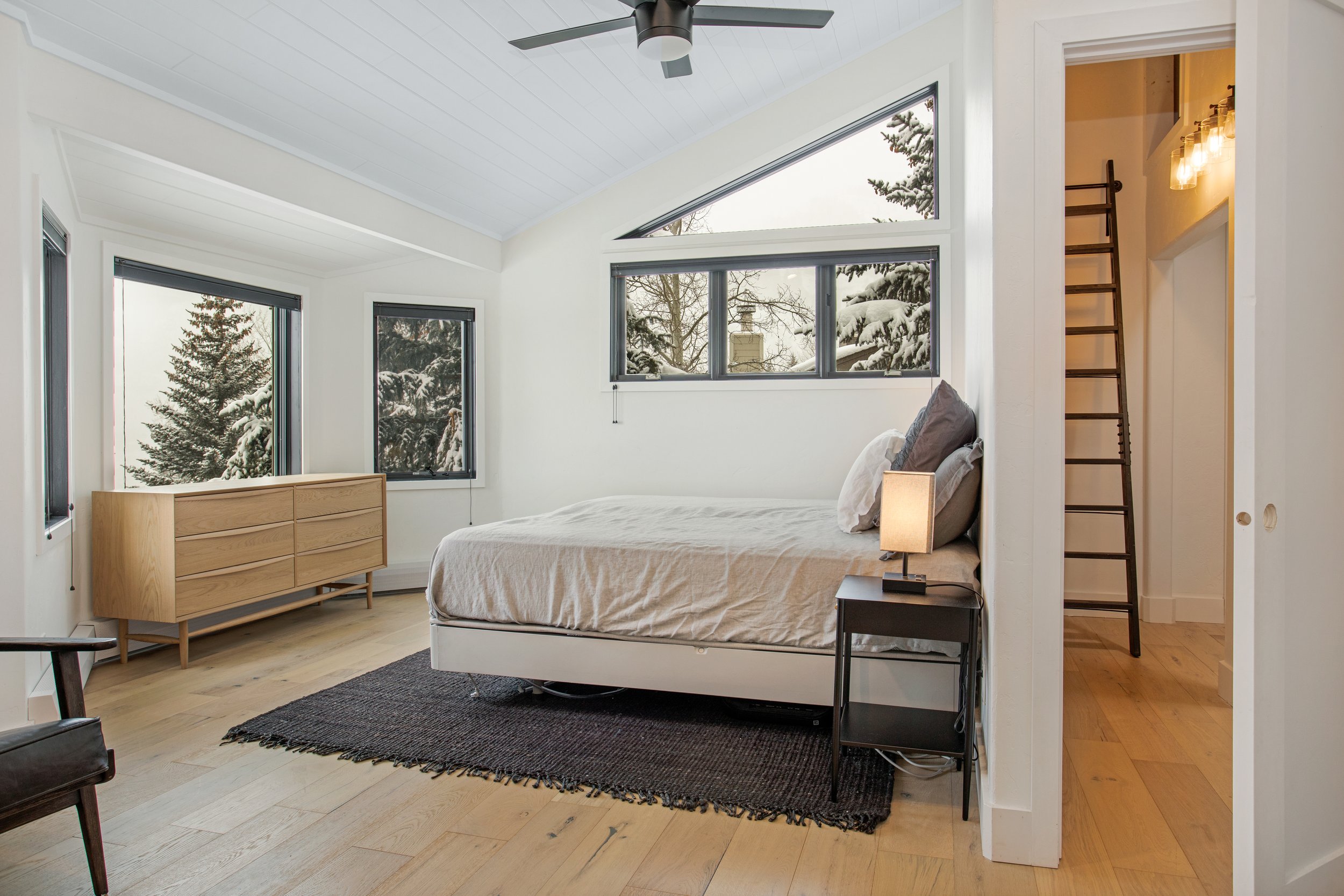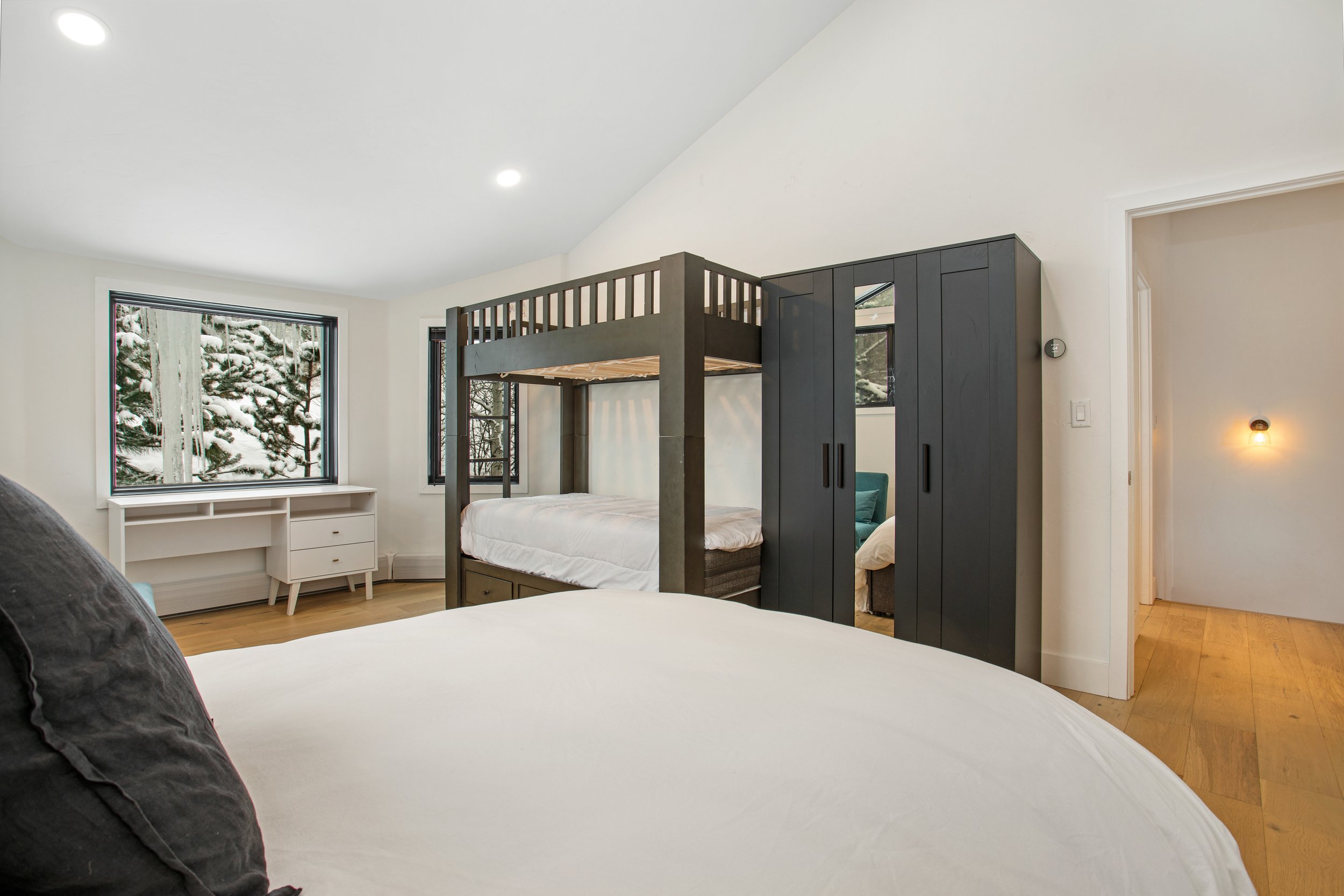Finding somewhere to live isn’t always easy. While there may be a large selection of properties, not all of them will provide the rental experience you’re looking for.
Despite renting often being a short-term commitment, you’ll still need somewhere you’re happy to go home to. Fortunately, there are a few things you can do to find your dream rental property.
Below, we reveal how to find a good apartment and offer tips to increase your chances of getting your application approved.
What to look for in an apartment
There are a few things to consider when looking for an apartment, such as the following.
1. Consider your lifestyle
There are a range of factors regarding your lifestyle to consider in your apartment search.
For example, think about your space requirements if you’re moving with another person, have children, or want an at-home office. In most cases, needing more space comes with a higher price tag than if you were to move into a studio or one-bedroom apartment.
In fact, the median monthly price in the U.S. for a one-bedroom apartment is $1,637, according to current rental trends. The median rent jumps to $1,901 per month when you add an extra bedroom.
For that reason, determine how much space you need and the type of rental you need to complement your lifestyle.
2. Determine what you want in an apartment
Make a list of the nonnegotiables, as well as what you’re willing to sacrifice for the right property. This can be an in-unit laundry unit or access to a community center with a gym. Consider if these are facilities you’d regularly use or are nice to have but not required.
Once you have a list of your priorities, visit rental apps like Realtor.com®, where you can add various filters to find apartments that fit within your budget, have accurate information, include 3D tours, and much more. This makes searching for the features you want in your ideal home easier than ever—and you’ll walk into your first apartment viewing with the full picture.
Now, you might be asking: What about pets?
Whether you currently own or plan on owning a pet during the rental term is one of the main factors you should keep in mind during your apartment search.
According to the 2023-2024 APPA National Pet Owners Survey, 66% of U.S. households own some type of pet, which is why more apartments are now allowing them.
However, you’ll need an apartment that’s suitable for your pets’ needs and doesn’t require expensive fees. Here are some tips to help you navigate the rental process:
Look for an apartment that’s safe for your pet. For example, if you have a balcony, it should be secure, and you might also want to avoid living on a busy street.
The type of animal you have will determine the apartment’s suitability. For example, a border collie won’t be a good fit for a small apartment. A cat, on the other hand, is typically a great choice for this type of space.
Be prepared to pay extra in pet rent or other related pet fees to secure a property.
Train, neuter/spay your pet, and be respectful of your neighbors (e.g., keep your pet quiet while it’s inside).
Use the Realtor.com pet-friendly apartment filter to find rental listings that work for your pet.
3. Set your budget
Having a clear budget can help to relieve financial pressure in both the short and long terms. Add up your monthly income and expenses to determine your budget.
In addition to the monthly rent, there can be other initial expenses, such as an application fee, move-in fee, security deposit, and pet fees.
Plus, account for your regular bills you’ll have to pay in addition to rent, such as the cost of food, utilities, and transport.
Once you have an established budget, you can move forward with finding available rentals in your desired location.
4. Research the location
Location is a key factor that affects things like your commute, local amenities, neighborhood identities, and more. When you’re looking at potential locations to move to, think about what you want it to offer.
For example, Pew Research found that 32% of Americans want to live in a place with a strong sense of community, and 58% cite “living in an area that’s a good place to raise children” as a priority. You can look for these characteristics as well, depending on your specific needs.
To determine your needs, return to your priority list. What is the travel time you need to get to work? Are there nearby schools, hospitals, and grocery stores? If you like to eat out, coffee shops and restaurants might also be important to you. And proximity to family and friends, the ocean, or public transport may be on your mind.
Looking at properties online can give you a good understanding of the price range for apartments, and you can also learn what type of home you can get for your money.
If you want to live close to the city, you’ll get the convenience of nearby amenities. However, you’ll generally get less space at a higher rental price. Moving to a suburb, on the other hand, can give you extra space at a more affordable rate.
5. Begin your apartment search
The rental market is competitive in some areas. A low supply and high demand can make finding properties for rent a much harder task — which is why it’s smart to tap into your network.
Consult your friends and acquaintances to see if they know anyone with available rental properties. If you’re lucky, there might be someone looking for a lease takeover in a friend’s apartment complex. You can also chat with real estate agents, as they might know of an upcoming rental in your preferred ZIP code.
However, the quickest and easiest way to find available apartments near you is through rental apps. With Realtor.com, for instance, not only will you find up-to-date listings, but you can also filter them by price, location, and whether pets are allowed.
6. View the property in person
Photos and virtual 3D tours can give you an idea of the apartment’s condition and layout, but there’s nothing quite like viewing the property in person. That allows you to inspect it more closely and ask questions to help you decide if it’s right for you.
Additionally, you might notice things in person that you know will bother you if you move in. For example, the bedroom might be too small for your king-sized bed, or the kitchen countertops might be too low for you to use comfortably.
Check that there are no leaking faucets, and look inside cabinets to see if there are any hidden issues.
You should check for telltale signs of potential mold cover-up, such as a musty odor or bubbling, cracking, or chipping paint. Mold can be detrimental to your health and might signal an underlying issue, such as a broken pipe or roof leak.
Finally, if the building has been vandalized or there are bars on the windows, that might tell you the area is unsafe.
7. Get to know the neighbors
In an apartment setting, you’ll likely end up with neighbors beside, above, and below you. Knowing who lives next to you might make or break your decision.
If a neighbor has a dog that barks persistently, this might affect your ability to work from home. Loud music and all-night parties may also be red flags.
There may also be known issues with difficult neighbors, so it’s important that you know what to expect upfront.
Even with the best neighbors, you’ll still want privacy. How soundproof are the walls? Can you look into other apartments from your window? If so, keep in mind that they can also see into yours.
8. Prepare your questions for the landlord
Don’t be afraid to ask questions to get the information you need. The questions you ask will depend on your unique circumstances and lifestyle. Here are a few examples of questions you can ask the property manager:
Are pets allowed at this property?
Why did the previous tenants leave?
Who is the best person to contact with questions?
If there is an issue with the property, what is the protocol for getting it resolved?
When is the rent due, and how does it need to be paid?
Does the home have any added security?
Are utilities included in the cost of rent?
Is it possible to get a longer lease term?
Are there any extra fees I should know about?
Can I have other people live with me?
9. Choose the apartment that meets your criteria the most
Finding somewhere to live can be an overwhelming process, and it’s easy to get carried away by your emotions. You might end up choosing a home that you’ve fallen in love with—but for all the wrong reasons.
Always be honest with yourself because the novelty of a new apartment can quickly wear off. While it might seem like your dream apartment at first glance, you may be ignoring the items on your must-have list.
If the commute time to your workplace has doubled or the abode isn’t in your child’s school district, you may start to regret the decision. For that reason, choose the apartment that meets the majority of your criteria.
10. Read the fine print
So your housing hunt has come to an end, and you’re ready to take the next step. Before you sign on the dotted line, read the fine print of the rental agreement.
The lease agreement is important because it includes a description of the property, the address, the length of your lease, and the landlord’s rules and expectations.
The agreement will also have information about the rental payments. There’ll be details on how to pay, as well as your obligations and rights. These documents are usually straightforward, but there might be issues that stand out.
If you’re unsure about anything in the contract, have a friend or lawyer look over it for you.
Finding a good apartment starts here
Your next apartment can be your dream home when you know what you want. Create a list of essentials and another one of the items you can live without. Network with people around you, and research your desired location to see what’s available.
If you can, view properties in person and ask questions to learn more. And while you’re there, keep an eye out for any warning signs, such as neglect, mold, or vandalism.
Read more at Realtor.com
Related Links
If there is a home that you would like more information about, if you are considering selling a property, or if you have questions about the housing market in your neighborhood, please reach out. We’re here to help.
Search Homes in Colorado
Search Homes in North Carolina
Search Homes in Oklahoma
Search Homes in Oregon
Search homes in Minnesota








